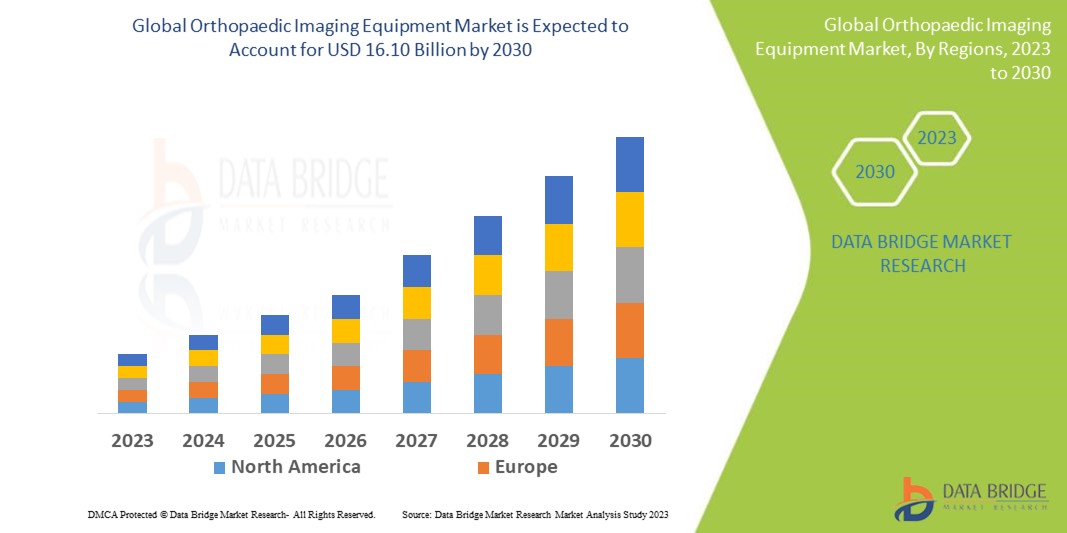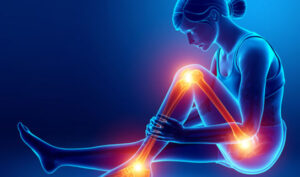Introduction
Orthopaedic imaging equipment has brought significant advancements to the field of medical imaging, revolutionizing the way bone detail and implant positioning are examined. This has led to an expansion in the market care segment for orthopaedic imaging equipment. These specialized devices play a crucial role in diagnosing various orthopaedic conditions and injuries, enabling healthcare professionals to provide accurate and effective treatment.
With the continuous evolution of medical technology, medical organizations and research facilities are continuously striving to develop and improve cutting-edge orthopaedic imaging equipment. The aim is to enhance imaging capabilities, improve image quality, and provide more detailed insights into bone-related diseases, fractures, and disorders.
Moreover, the demand for portable devices with orthopaedic imaging features is growing. This can be attributed to the increasing awareness of the importance of early detection and diagnosis of orthopaedic conditions. Portable orthopaedic imaging equipment allows for convenient and on-the-go imaging, making it easier to access and assess patients in various clinical settings.
Definition
The orthopaedic imaging equipment market is a vital component of the healthcare industry, encompassing a wide range of specialized medical imaging devices specifically designed for diagnosing and treating orthopaedic conditions. These devices play a crucial role in the evaluation and management of musculoskeletal disorders, providing healthcare professionals with detailed images of the bones, joints, and surrounding tissues.
Orthopaedic imaging equipment includes various modalities such as X-ray systems, computed tomography (CT) scanners, magnetic resonance imaging (MRI) systems, ultrasound machines, and nuclear medicine cameras. Each modality has its unique capabilities and benefits, allowing for comprehensive imaging of the musculoskeletal system.
X-ray systems are commonly used as the initial imaging modality for orthopaedic evaluations due to their ability to quickly capture images of bones and joints. CT scanners offer more detailed cross-sectional images, making them suitable for assessing complex fractures or planning surgical interventions. MRI systems utilize powerful magnets and radio waves to produce detailed images of soft tissues, providing valuable information on ligaments, tendons, and cartilage. Ultrasound machines are portable and provide real-time imaging, making them useful for assessing soft tissue injuries and guiding interventions. Nuclear medicine cameras use radioactive tracers to detect metabolic activity in bones, aiding in the diagnosis of conditions such as bone infections and tumours.
Fundamentals of Orthopaedic Imaging Equipment Market
1. Market growth is being driven by an increase in orthopaedic problems.
Orthopaedic problems including osteoarthritis, musculoskeletal injuries, and fractures are becoming more common, which is a major market driver for orthopaedic imaging equipment. The need for effective diagnosis and treatment of orthopaedic illnesses is growing as the world’s population ages and takes part in increasing physical activity. The need for orthopaedic imaging technology to suit the diagnostic requirements of patients throughout the world is anticipated to rise with the burden of orthopaedic disorders.
2. The industry is being driven by rising demand for minimally invasive procedures.
The need for improved orthopaedic imaging technology is being driven by the rise in minimally invasive orthopaedic operations. The advantages of minimally invasive procedures include fewer incisions, less tissue stress, quicker healing, and shorter hospital stays. In contrast to image-guided navigation systems, which give 3D guidance based on preoperative imaging, fluoroscopy delivers dynamic imaging during procedures. The use of orthopaedic imaging equipment has expanded in tandem with the rise in demand for less invasive procedures, encouraging market expansion in this niche.
Role of Orthopaedic Imaging Equipment in Sports Medicine
- Orthopaedic imaging equipment plays a crucial role in sports medicine, contributing to the diagnosis, treatment, and rehabilitation of sports-related injuries. Sports medicine is a specialized field that focuses on the prevention, treatment, and management of injuries and conditions related to physical activity and sports participation. Orthopaedic imaging equipment, such as X-ray systems, MRI scanners, and ultrasound machines, are essential tools used by sports medicine professionals to assess and manage these injuries.
- One of the primary roles of orthopaedic imaging equipment in sports medicine is the accurate and timely diagnosis of sports-related injuries. Imaging modalities such as X-rays are commonly used to assess fractures, dislocations, and other acute bony injuries. They provide detailed images of the bones, allowing healthcare professionals to determine the extent and nature of the injury and guide appropriate treatment decisions.
- MRI scanners are invaluable in sports medicine as they provide detailed images of soft tissues, including ligaments, tendons, muscles, and cartilage. This allows for the diagnosis and evaluation of injuries such as ligament tears (e.g., anterior cruciate ligament tears), meniscal tears, muscle strains, and cartilage damage. MRI scans help sports medicine professionals determine the severity of the injury, develop personalized treatment plans, and monitor the healing process.
- Ultrasound machines are also widely used in sports medicine for real-time imaging of soft tissues. They are particularly useful for evaluating muscle and tendon injuries, identifying abnormalities, and guiding procedures such as injections or aspirations. Ultrasound imaging allows for dynamic assessments, providing valuable information on tissue movement and function.
Orthopaedic Imaging Equipment Market Size
Data Bridge Market Research is a leading market research and consulting firm that provides comprehensive and in-depth analysis of various industries, including the orthopaedic imaging equipment market. Their research reports offer valuable insights into market trends, growth prospects, market segmentation, geographical coverage, and key players operating in the market.
According to Data Bridge Market Research’s analysis, the orthopaedic imaging equipment market was valued at USD 10.36 billion in 2022 and is projected to reach USD 16.10 billion by 2030, with a compound annual growth rate (CAGR) of 5.67% during the forecast period of 2023 to 2030. This indicates a positive growth trajectory for the market, driven by factors such as the increasing prevalence of orthopaedic disorders, advancements in imaging technologies, and the rising demand for accurate and efficient diagnostic solutions.
The market reports curated by Data Bridge Market Research go beyond market value and growth rate analysis. They also provide in-depth expert analysis, which includes insights from industry experts and key opinion leaders, offering a comprehensive understanding of the market dynamics, trends, and future prospects. Patient epidemiology analysis helps identify the target patient population and their specific needs, enabling companies to develop targeted strategies and tailor their products and services accordingly.
For More Detailed Information Visit:
https://www.databridgemarketresearch.com/reports/global-orthopaedic-imaging-equipment-market
Why Choose Us:
Data Bridge Market Research offers everything from consultancy services to personalised reports. With swift answers and multifaceted strategies, Fairfield helps firms navigate through business cycles and works on a worldwide scale. The business appreciates a keen eye for insightful perspectives on global issues, expertly supported by a group of incredibly skilled researchers. With a substantial collection of syndicated market research studies that are regularly updated & released to guarantee that clients’ ever-changing demands are addressed with the utmost promptness.




